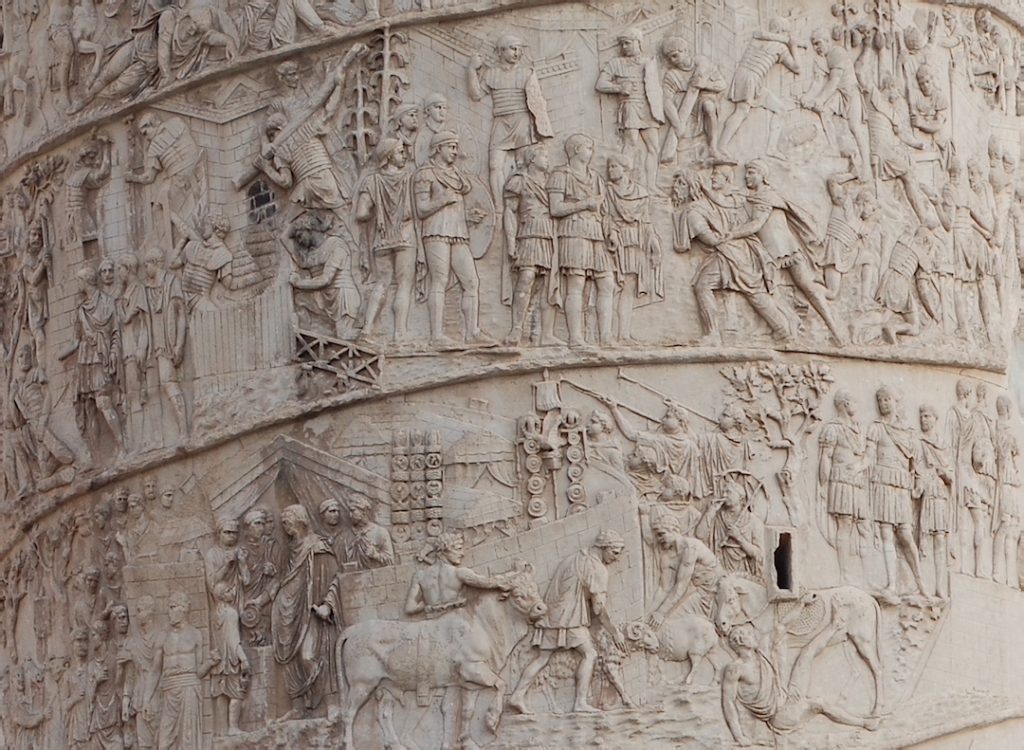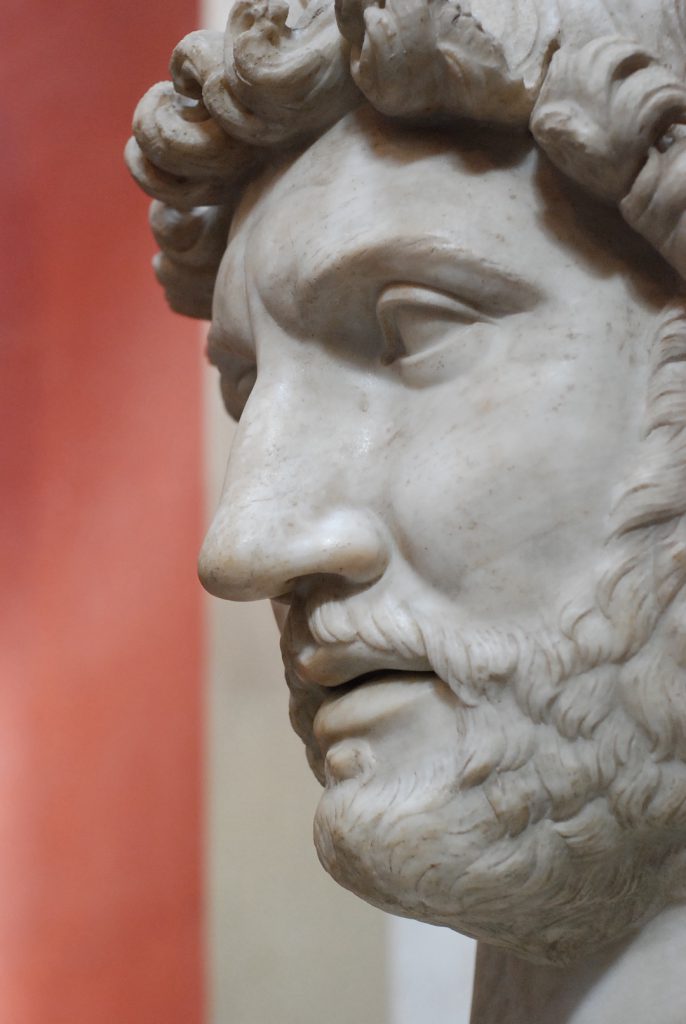Archaeology used to be mainly about the material remains of the past. They stood as witnesses of events and civilisations long past and encouraged archaeologists in their main activity, namely digging to find out more. Normally, if no clues could be seen above ground, nothing very much happened. Seeing beneath the soil and knowing precisely where to put your spade has in the past years developed stupendously, as the recent work of the Armenian-German team at Artaxata has shown.
Artaxata in today’s Armenia, 30km northeast of Mount Ararat as the crow flies, just on the border with Turkey, might seem an unlikely place to look for Roman remains. Yet the Romans were here and going by the efforts they made to beautify the city they were intending to stay. That was certainly the emperor Trajan’s idea in the early 2nd century of the present era but things did not quite go according to plan. His successor Hadrian gave up on the provinces of Armenia and of Mesopotamia which the Romans could not defend against their eternal enemy in the East, the Parthians; relations were not much better later with the Sassanians.

Work has been going on in Artaxata since the 1970s, revealing among other things dwellings, fortifications, workshops and Roman inscriptions. Somewhere there must also be a military camp since we know that the Legio III Scythica was stationed here. Stamped bricks and roofing tiles, a monumental inscription of Emperor Trajan as well as munitions and weapons have been found. Among the monikers given to this legion, the one that goes ‘Operosa et felix’ (‘Industrious and fortunate’) is a good reminder that a soldier’s job was not limited to fighting. A legion of something like 3,000 to 6,000 people had its own surveyors, engineers and architects while at the same time the lower orders and the auxiliaries (the non-Roman citizen corps attached to a legion) would provide the manpower. It is very possible that the makeover of Artaxata was both intended to impress the local populace and to keep a lot of idle hands busy.
Among the building unearthed was a bathing complex with the tell-tale stacks of round bricks of the sospensura characteristic of the heating system of Roman baths. Normally baths imply a regular water supply, i.e. an aqueduct. This fact, together with stray remains of an urban piped water system, set the archaeologists looking for it. But there was nothing visible above ground; no clay or stone pipes, no stumps of arches, no holding tanks. An extensive geomagnetic survey of the area to the east of Artaxata revealed crucial anomalies set in a straight line, anomalies that upon excavation were proved to be the closely spaced foundation pillars of arches intended to control the gradient of the water arriving from the nearby mountains. The starting point of the aqueduct has not been pinpointed but the estimated total length varies between 25 and 30km, a distance well within Roman engineering capabilities.

That there were no surface remains is taken as proof that the aqueduct was actually never built. It had been carefully planned and the closeness of the foundations suggests that the engineers were well aware of the seismic nature of the area and of the dangers of building on marshy ground. Trajan would have been proud of them! But it seems as if the local people were not convinced.
By Paola Pugsley, author of Blue Guide Mediterranean Turkey






